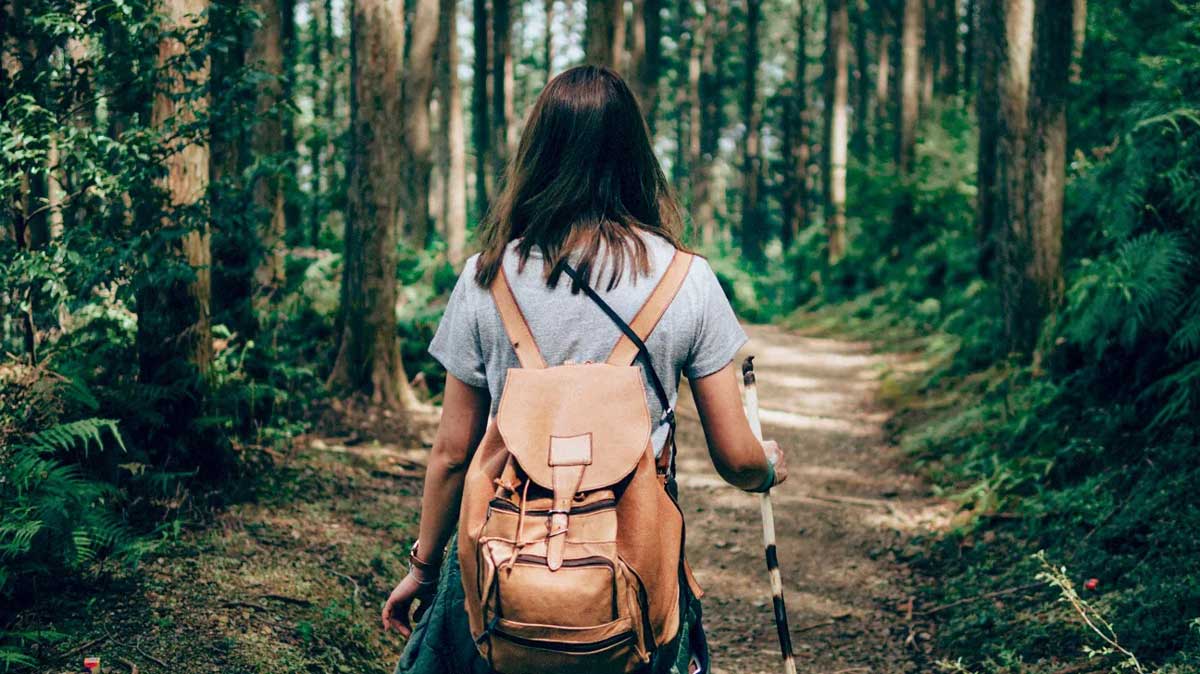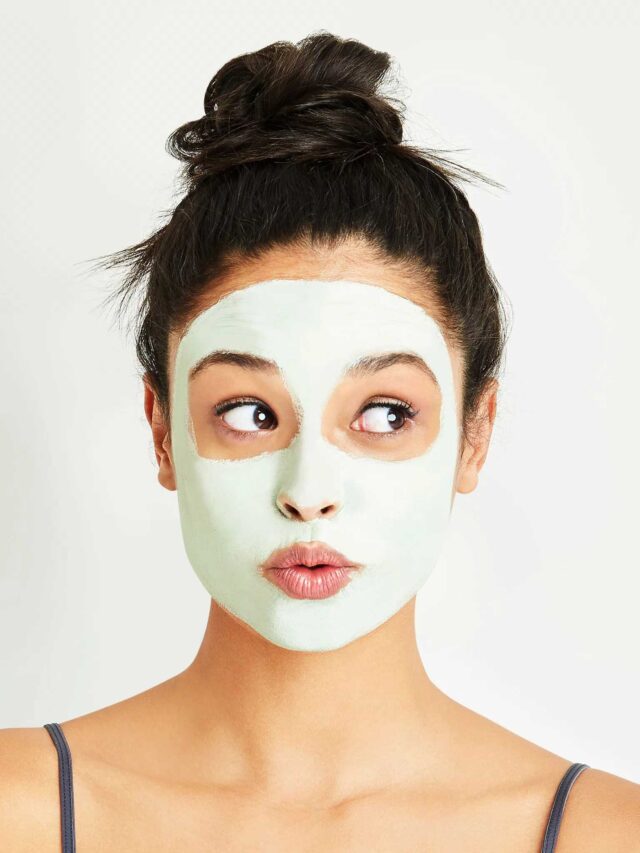Know How You Can Cure Your Depression & Stress with the help of Forest Therapy


forest therapy is the belief that taking time out in nature – specifically a wooded area – can have emotional and physical benefits. The idea started in Japan, where it’s called “Shinrin-yoku”, which loosely translates as “forest bathing”. But this doesn’t mean you have to strip down and frolic in a forest stream to be part of it.
Despite the name, forest bathing doesn’t traditionally involve water. Instead think of it as a type of moving meditation, where the walker is encouraged to proceed slowly and let their senses absorb the sights, sounds and smells of the rustling trees.
It’s been incorporated into the Japanese healthcare system since 1982, when the government launched a program to encourage city-dwellers back into nature.
These days, it’s not unusual for doctors there to prescribe a weekly dose of forest bathing as a complementary therapy for conditions such as high blood pressure, insomnia and immune disorders and to speed up recovery after surgery.
The Benefits
The most obvious, positive side effect of taking a stroll in a forest is psychological.
“Getting back in touch with nature is emotionally restorative,” psychologist Sarah-Jayne Whiston, who prescribes forest therapy to her clients, says. “Nature can help to calm, soothe and return us to a natural state of relaxation, which in turn has positive physical effects, such as lowering our blood pressure.
“Research tells us that spending time in anything to do with nature – forests, the sea, wildlife – restores us, and can help us to effectively manage stress. Studies show that even having an indoor plant or pictures of nature on the wall makes a difference to our wellbeing. One even found that people at a nursing home lived longer [when they were given a plant to care for].”
It stands to reason that leaving the fast-paced rhythm of a city and heading to a leafy, quiet sanctuary will ease anxiety levels, but the benefits don’t stop there.
A 2010 study from Chiba University in Japan found in 1982 that a dose of Shinrin-yoku had far-reaching positive effects on participants, including a reduction in cortisol levels, lowered pulse rate and blood pressure, and increased parasympathetic nerve activity (the part of the nervous system which slows heart rate and aids intestinal activity).
Forest therapy is also a valuable pastime when it comes to post-surgery or chemotherapy rehab. A study from Nippon Medical School in Tokyo found that after three days of forest hiking participants’ blood tests showed increased levels of “natural killer cells” (a type of white blood cell) which are crucial in the body’s ability to repair itself.
It’s also currently being explored as a complementary treatment for children with attention deficit disorder, after a paper published in the American Journal of Public Health found that “green activities” could reduce symptoms of the condition.
While researchers aren’t suggesting this as a replacement for traditional medicine, it shows many benefits as an additional therapy.
The Science
It’s no surprise that combining gentle exercise and fresh air has health benefits. But why does it have to be a walk in the wilderness rather than just your local park or back garden?
According to the International Society of Nature and Forest Medicine (INFOM), it’s due to a unique combination of factors in a forest environment. Firstly, there’s the reduction of noise and air pollution compared to being in a city.
INFOM also cites studies showing that our immune systems benefit from an organic plant compound released by trees called phytoncides, which has been shown to increase the activity of natural killer cells.
Better still, data published in the Environmental Health and Preventive Medicine journal found that the effects of forest bathing last up to seven days.
Add to all of this the fact that most forests don’t have mobile phone reception, so you’re forced to digitally detox, which gives your eyes respite from a touch screen and your nervous system a break from beeping technology.
Then there are the physical perks. Walking on the uneven ground means your core needs to engage to stabilize your body. According to a study at the Vorarlberg Institute for Vascular Investigation and Treatment in Austria, the combination of uphill and downhill terrain leads to an overall lowering of cholesterol levels.
How To Do It
For safety reasons, it’s recommended that you go walking in a group of four or more and always inform others of your plans and when you intend to return.
In NSW, the free WildWalks app allows you to search for trails in your area, lists each walk’s duration and gradient, and features maps which can be read offline.
In March this year, Parks Victoria released its free Parks Discovery app, which has facts and recommendations for the state’s national parks.
For those in South Australia and West Australia, check out the walkingsa.org.au and trailswa.com.au sites respectively. If you prefer a paper book, Walks, Tracks & Trails of New South Wales has more than 140 routes, and there’s an accompanying book for Victoria, too. The book 100 Walks in Tasmania is also a useful resource.
What You Need
Even if your walk is only 30 minutes, be prepared when heading into the wilderness with these tips:
Pack a Waterproof Jacket: A good jacket is a light addition to your backpack but an invaluable piece of kit when the Aussie weather takes you by surprise, which it’s prone to do.
Carry Water: Stock up as it’s not recommended that you drink from streams without treating the water with iodine tablets.
Wear Hiking Boots: Forest trails can be rocky and uneven, so it’s worth swapping your trainers for hiking boots, especially if you have weak ankles.
Pack a First-Aid Kit: At the very least, this should contain wound coverings, antiseptic ointment, an emergency foil blanket and a compression bandage. (Visit australiawidefirstaid.com.au and search by state for their recommendations for specific areas)
Find Your Adventurous Spirit: If you become a regular walker, there are endless products you could buy – such as walking sticks and GPS devices – but for now, all you need are the above essentials, plus a mobile phone in case of emergency and of course a sense of adventure.







